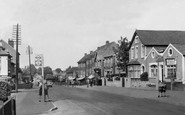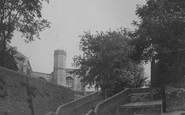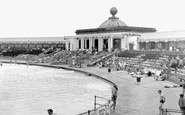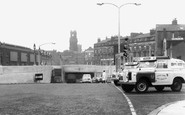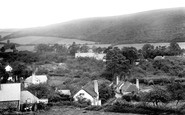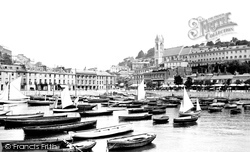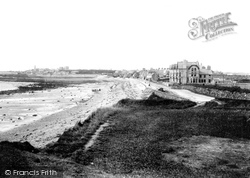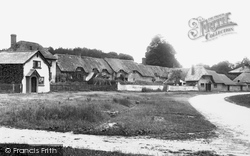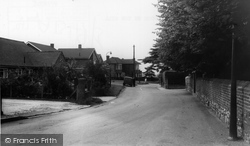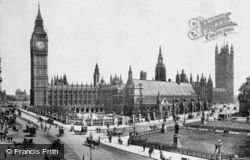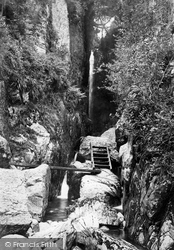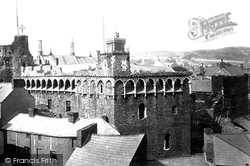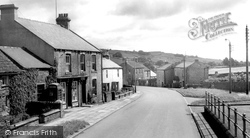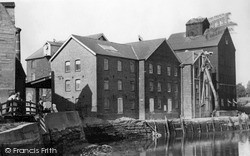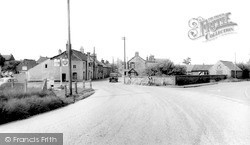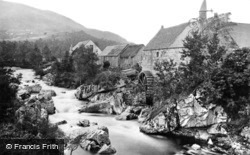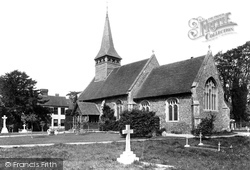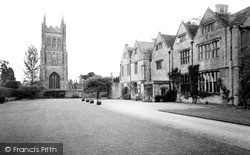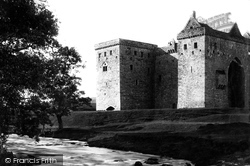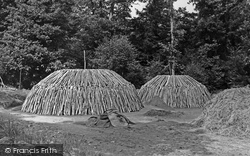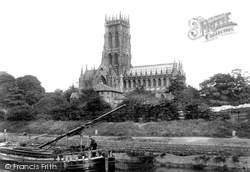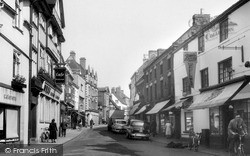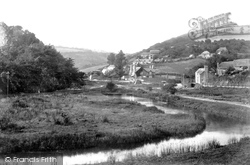Places
Sorry, no places were found that related to your search.
Photos
Sorry, no photos were found that related to your search.
Maps
39 maps found.
Books
Sorry, no books were found that related to your search.
Memories
781 memories found. Showing results 31 to 40.
Surbiton Road Photo
My parents owned the Tip Top Cafe which was on the right of the picture where you can just see a parade of shops with flats above, which is where I was born. The bus stop in the forefront is where I used to catch ...Read more
A memory of Hook in 1961
Glenboig Nicknames
Hi, I've put together a list of Glenboig nicknames - can you add to it? Here is a small selection of the nicknames. If you would like a copy of over 80+ Glenboig Nicknames, please send me an email. Also,i f you have any old ...Read more
A memory of Glenboig by
Small Timber Cottage; Dicks Mount, Burgh St Peter
Location: Burgh St Peter, Beccles: My sister and brother-in-law (Ronald and Shirley Miller), owned a small timber cottage above the dyke on Dicks Mount during 1960-1970's. It was a charming one or ...Read more
A memory of Beccles in 1966 by
Evacuation To Fonab Castle Sept.1939
Evacuation - September 3rd 1939 The government decided that mothers and children should be moved to the countryside away from areas at risk from bombing. On the 3rd, parents and children all gathered at their ...Read more
A memory of Pitlochry in 1930 by
Wrens Warren Camp
I'm reading a book. Came upon the name Christopher Wren (astronomer around 1683). Suddenly it slipped into my mind the combination Wrens Warren Camp and via google came upon this site. I'm Dutch, survived the winter of ...Read more
A memory of Colemans Hatch in 1945 by
Great, Response To A Question.
Willie Watt was a successful business man in Kilbirnie. He along with his brother owned Watts Network. Willie was smart, good looking, debonair, he had it all. Willie was also a singer of great repute. Just before ...Read more
A memory of Kilbirnie in 1965 by
Looking For Relatives
My grandfather, Alf Ellacott was one of nine children. His only brother died young but his seven sisters all lived in Blaengwynfi or Cymmer. He moved to Blackpill outside Swansea. My dad would like to find any ...Read more
A memory of Blaengwynfi in 1930
Happy Days....Jeux Sans Frontieres
One of many events to take place in this amazing pool was the 1975 International heat of Jeux Sans Frontieres. Stuart Hall and Eddie Wareing compered on a late summers evening when competitors from all over Europe ...Read more
A memory of Southport in 1975 by
Stories Of Birkenhead
I can remember my dad, who has since died, telling me stories of his childhood and also my mum's. It was all about Birkenhead - it was all very interesting. Yes, he did mention the Cooks and Ainsley, as he was one of the ...Read more
A memory of Birkenhead in 1965
Ww2 In Bratton
As a child living in Bratton during the war there was no sense that it was going on lucky for us, but I do remember a goup of people coming into the village and instructing us how to take care of any injuries that might happen. ...Read more
A memory of Bratton in 1943 by
Captions
291 captions found. Showing results 73 to 96.
Its west window was designed by the pre-Raphaelite artist Edward Burne-Jones.
If coal was burned in these houses, it had to be imported from the mainland.
During the 1830s this pretty village was the scene of a major uprising among farm labourers, with angry mobs burning hayricks and destroying machinery.
Firstly, the Shaa family, who owned land here, produced two Mayors of London. Secondly, a local farmer called Thomas Higbed was burned at the stake in 1555, on a charge of heresy.
This 'superb temple of legislation' in Tudor Gothic was built to replace the old medieval Palace which burned down in 1834.
This ‘superb temple of legislation’ in Tudor Gothic was built to replace the old medieval Palace which burned down in 1834.
High Sweden Bridge is a picturesque packhorse bridge over the Scandale Beck between High Pike and Snarker Pike (there is a Low Sweden Bridge lower down the valley).
What remains of the Castle buildings is now overshadowed by a glass, steel and concrete edifice to its rear.
When lead was discovered in Weardale, the mining rights were granted to the bishops of Durham; by the 13th century, mining, smelting and charcoal burning and so on were on a large scale for the period.
The Mill stood to the south of Rochford on the tidal estuary of the River Roach. Many mills existed along the tidal arms of the sea fingering into Essex which provided easy transport by water.
The river Burn runs through the villages of South and North Creake too. The road at the centre of the picture leads to the ruins of Creake Abbey, which lies in a beautiful setting beside the stream.
Further down the Thames are the Houses of Parliament - or rather, the Palace of Westminster. This replaced the old palace, which burned down in 1834.
The village of Braemar is situated on the banks of Cluny Burn.
Its west window was designed by the pre-Raphaelite artist Edward Burne-Jones.
The lovely timber porch was left relatively untouched, however; and a grave-slab from an earlier church has recently been discovered beneath the pews. The rectory burned down in the 1950s.
Firstly, the Shaa family, who owned land here, produced two Mayors of London. Secondly, a local farmer called Thomas Higbed was burned at the stake in 1555, on a charge of heresy.
These limestone crags, at the western end of Stoney Middleton, are the haunt of modern rock climbers, and the 200 routes up them have gained evocative names such as Aurora, Alcasan and Armageddon
Mells Manor, largely Elizabethan, was built on the site of a medieval monastic manor.
Said to be a devotee of the black arts, he was abducted by his God-fearing tenants, rolled in a sheet of lead and taken to Ninestane Rig, a stone circle beyond Whitterhope Burn.
Charcoal burning was one of the New Forest's earliest industries, though it is a rarer occurrence today. The charcoal produced had a multitude of uses, particularly in the smelting of iron.
Felsted had two watermills at the time of the Domesday survey, and it is likely that Felsted Mill and Hartford End Mill are on the same two sites.
St George's is considered to be one of Sir Gilbert Scott's finest designs, and was built in 1854-58 as a replacement for the original parish church which had been destroyed by fire.
Gazing up the street past Wilks Teenage Fashions (left) with the Elkes Cafe above, we can see Barclays Bank. This was built in 1921 on the site of Huggins & Chambers, an ironmonger's.
This is the lower reach of the old Liskeard and Looe Canal; it was still used occasionally at this date to carry sea sand and limestone for burning in the kilns at Sandplace.
Places (0)
Photos (0)
Memories (781)
Books (0)
Maps (39)

